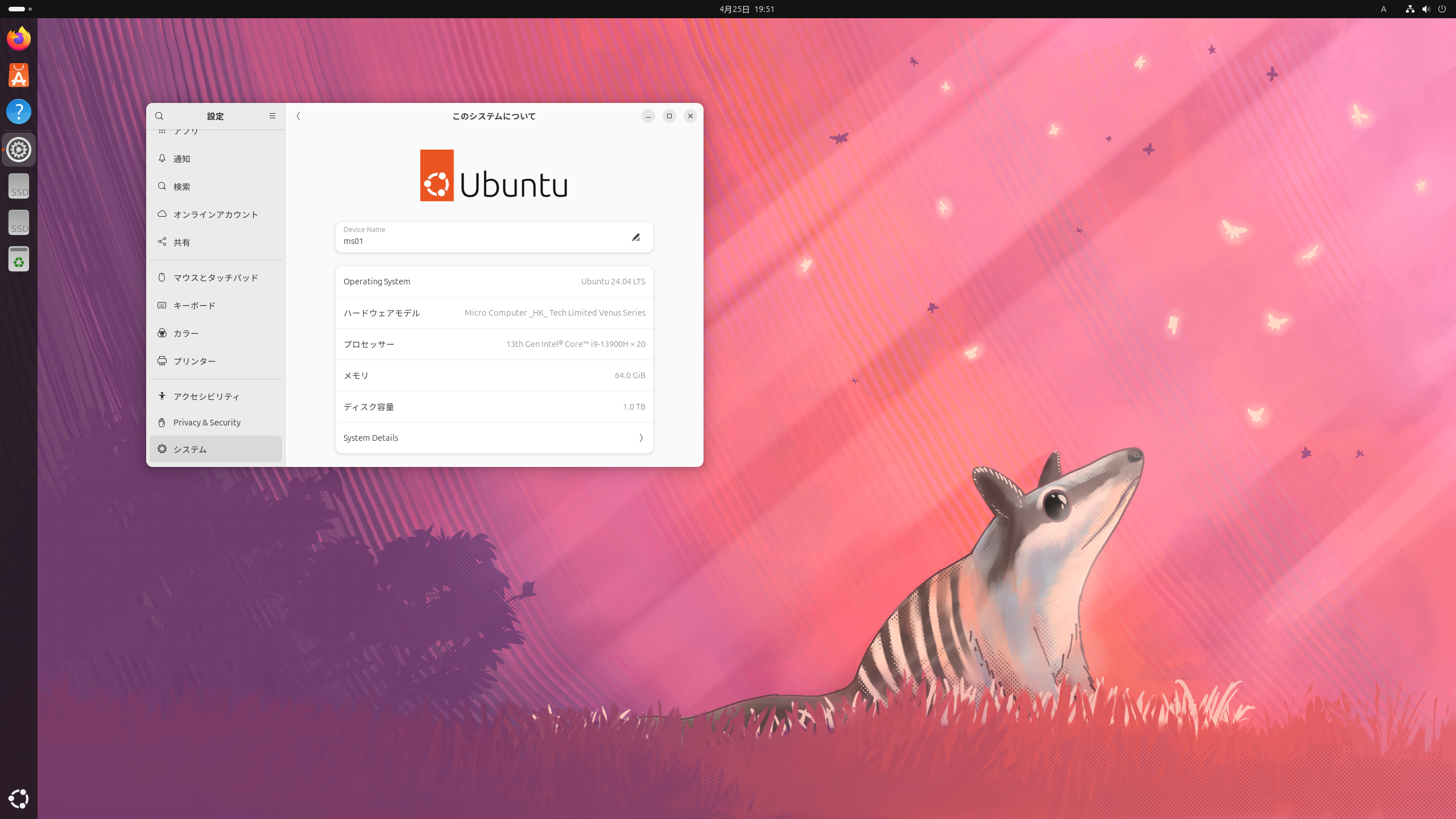Technology derived from Vienna helps monitor air pollutants from space. Launched April 7 aboard a Falcon 9 rocket, Beyond Gravity announced that NASA’s TEMPO mission has now reached its final position in geostationary orbit at a distance of 36,000 kilometers. The Vienna Aerospace Corporation has built a navigation receiver for the NASA device that pinpoints exact position in space while measuring atmospheric gases such as ozone over North America.
NASA’s Tropospheric Emissions Monitoring of Pollution (TEMPO) instrument flies aboard an Intelsat geostationary communications satellite. It is a UV spectrometer designed to detect pollutants such as ozone, nitrogen dioxide or formaldehyde by measuring sunlight reflected and scattered by the Earth’s surface and atmosphere. The data it collects should help improve air quality prediction.
The GEORIX navigation receiver is designed to assist TEMPO in determining its position in orbit. The more precise it is, “the more accurate NASA climate data will be,” explained Kurt Cooper, managing director of Beyond Gravity Austria. It is the company’s first navigation receiver for geostationary orbit. About 30 such devices from the Vienna Aerospace Corporation currently locate satellites in near-Earth orbits.
service: TEMPO MISSION: http://tempo.si.edu/overview.html; Beyond gravity: www.beyondgravity.com

“Certified tv guru. Reader. Professional writer. Avid introvert. Extreme pop culture buff.”






More Stories
Latest technology for community safety – Celler Presse
Open day and career day on May 3: specialized lectures on renewable energies and electric mobility, modern innovative solutions in automation technology and much more.
Chassis and transmission of the G 580 with EQ